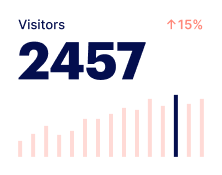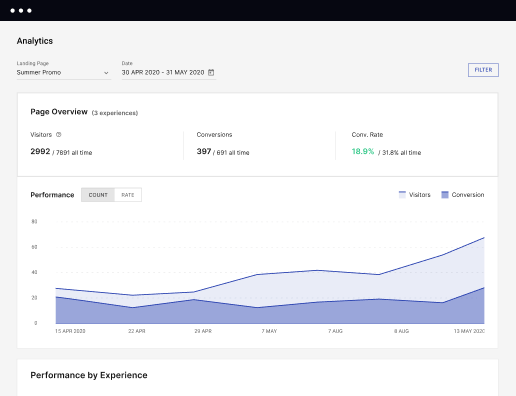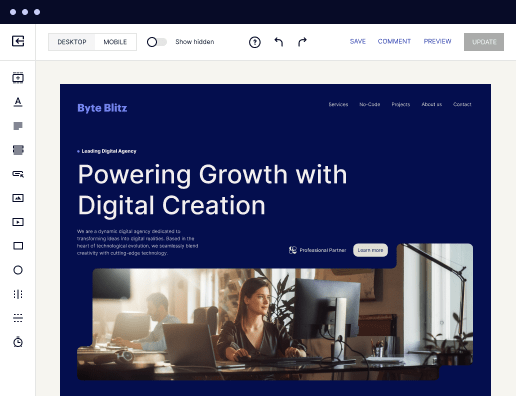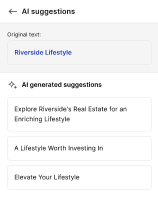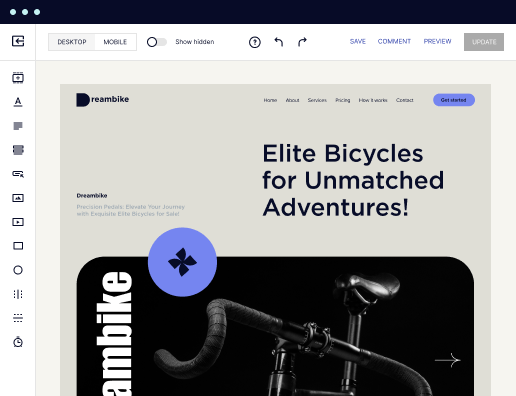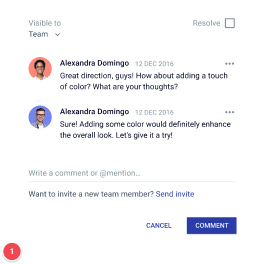Make a high-performance order history page optimized for SeaMonkey
Utilize Instapage to reduce costs, enhance conversions, and deliver tailored experiences in SeaMonkey.
An effective guide to making your order history page in SeaMonkey
Creating an order history page in SeaMonkey can enhance your user experience significantly. Instapage facilitates the creation of landing pages that not only captivate visitors but also drive conversions, reduce costs, and build brand trust. Through its user-friendly platform, you can leverage over 100 conversion-focused layouts to present order history details effectively.
Understanding the Importance of Your Order History Page
The order history page plays a crucial role in a customer’s journey. It allows users to easily access their past purchases, fostering trust and loyalty. This transparency is essential for businesses in various sectors, including Marketing and Advertising, Education, and Financial Services, particularly in the USA.
- Enhances customer trust: Transparent order history increases customer confidence in your brand.
- Facilitates easy accessibility: Users can quickly review their transactions, improving overall satisfaction.
- Reduces support queries: An informative order history page minimizes the number of customer service inquiries related to past purchases.
Step 1: Choose the Right Template
The first step in creating your order history page in SeaMonkey involves selecting an appropriate template. Instapage offers a variety of customizable templates suitable for any industry.
- Select a conversion-centric layout: Choose a design that prominently displays order details.
- Consider mobile responsiveness: Ensure your chosen template functions well on mobile devices, enhancing usability.
- Use Instablocks for customization: Instablocks allow easy adjustments while maintaining design consistency.
Step 2: Optimize for Higher Conversions
Once the layout is set, it’s crucial to optimize the page using Instapage’s built-in experimentation features. This includes implementing A/B tests to find the most effective layout and content.
- Utilize heatmaps: Analyze user interactions to discover which elements attract the most attention.
- Conduct A/B testing: Experiment with different headlines or layouts to see which drives higher engagement rates.
- Monitor analytics: Use the analytics dashboard to track performance metrics and make data-driven decisions.
Step 3: Personalize the Experience
Personalizing the content on your order history page is vital for targeted marketing strategies. Using dynamic text replacement and audience-specific ads, you can create a tailored experience for each customer.
- Dynamically replace text based on user preferences to enhance relevance.
- Align ads with unique pages through AdMaps, ensuring customers see relevant products or services.
- Track audience-level metrics to further refine your personalization strategies.
By following these steps, you can effectively create a compelling order history page in SeaMonkey that drives conversions and builds customer loyalty. Instapage serves as a powerful ally in developing these pages with agility and ease.
Start leveraging Instapage today to enhance your order history page's effectiveness. Simplify your marketing efforts and elevate your customer experience.
Get more out of Make your order history page in SeaMonkey
Improve your Quality Score with quick load technology for landing pages
Increase conversions with content that aligns with your ads and audiences
Achieve maximum ROI by scaling your marketing initiatives
Leading the way in building high-performing landing pages





FAQs
See how to make your order history page in seamonkey in action
Ready to skyrocket conversions?
Supercharge your ad campaigns with high-performing landing pages.
Get started
